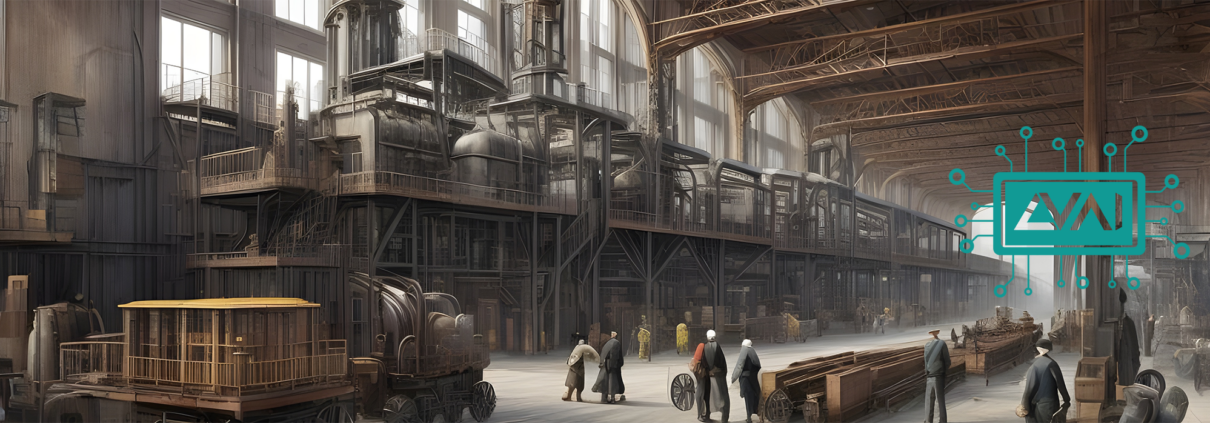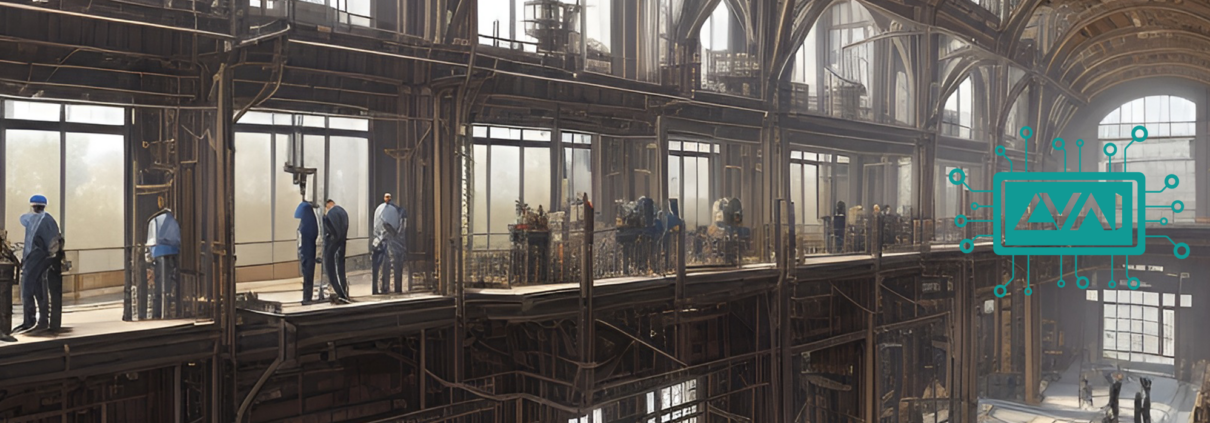Historical Development Of Butterfly Valves
Butterfly valves are an important type of valve widely used in various industrial applications today. However, many people are curious about how this popular valve type evolved over time and reached its modern form. In this article, we will examine the main stages of the historical development of butterfly valves. Starting from the mid-19th century, this development progressed from early simple designs to construction and performance improvements, culminating in today’s functionality through technological advancements.
EARLY PERIOD : The earliest examples of butterfly valves were used in water management and sewage systems from the mid-19th century. During this period, butterfly valves were simple, disk-shaped, and manually or gear-operated to control the flow.

ADVANCING YEARS : By the early 20th century, significant improvements were made in the design and functionality of butterfly valves. The materials and structures of the valves were enhanced, enabling more precise flow control.
INDUSTRIAL REVOLUTION AND PROGRESS : Progress in steel production, casting techniques, and processing methods led to more durable and efficient butterfly valves. The development of high-performance sealing materials improved the valves’ sealing properties and minimized the risk of leaks.

ADVANCED ACTUATION SYSTEMS : By the mid-20th century, more advanced actuation systems were employed. Electric motors, pneumatic, and hydraulic actuators began offering faster and more precise control.
INDUSTRIAL APPLICATIONS : Butterfly valves found their place in large facilities, water treatment plants, power plants, and more. Their popularity soared in large-diameter pipelines and industrial plants.
MODERN ERA : Advances in material technology, new coatings, and sealing techniques enhanced the valves’ lifespan and efficiency. The focus shifted towards reducing environmental impact.
FUTURE DEVELOPMENTS AND INNOVATIONS : The road ahead promises integration of smart sensors, automation technologies, and innovative designs to optimize butterfly valve performance.
In conclusion, the continuous technical and technological development of butterfly valves is a testament to their importance in ensuring efficiency and reliability in industrial processes.
 Convalve
Convalve Convalve
Convalve